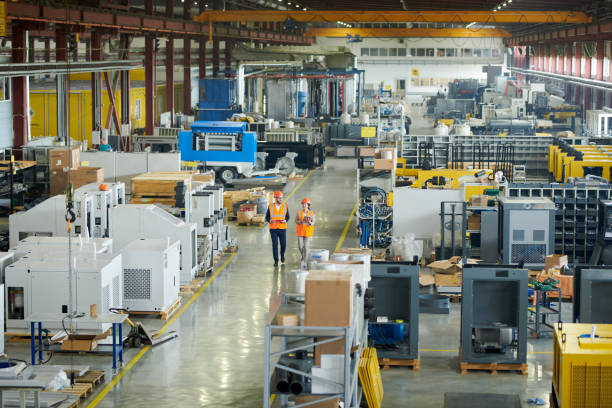
Throughout the COVID-19 pandemic, the importance of manufacturing in society and economics has become increasingly obvious, especially in the supply of pharmaceuticals, medical equipment and other essential products. Management of the pandemic has also led to a financial crisis, which has forced organisations to put competitiveness and the creation of a resilient and flexible value chain at the heart of their strategies. Within this, analytics has emerged as an imperative enabling and supporting tool.
An Analytics Overview
The traditional analytics approach involves the study of historical data through data structuring and processing, reporting, and business intelligence. This approach is essential to understand a given situation in the past by answering the questions “What happened?” and “Why?”.
Moreover, analysing the present is also important as it allows us to understand exactly what is happening. For this, tools such as simulation, digital twins and process mining can be used. This way it is possible to carry out online monitoring of real situations and variables, and test new scenarios or environments for decision-making.
Finally, helping to predict future events, suggesting what should be done or predicting what is most likely to happen is increasingly relevant for value creation and building a sustainable and resilient value chain. This is possible with advanced analytics, using regression techniques, factor analysis, optimisation and artificial intelligence.
Analytics Benefits
By approaching data transversally, from the past to the future, it becomes possible to develop advanced statistical models that allow the discovery of increasingly specific and personalised business insights and to foresee the most plausible situations in the future.
With these types of solutions, it will be possible to increase the productivity of operations. In equipment, this can be achieved by implementing prescriptive maintenance models, which maximise the lifespan of all components. For example, in a machine running at different temperatures, prescriptive models can suggest how fast the equipment should be running to triple the amount of time before there is a failure in a particular component. In fact, while predictive maintenance can estimate the time to failure, prescriptive maintenance is able to calculate the effects of varying operating conditions on the operating time to failure.
Also, in the automatic creation of production plans, normally associated to a complex process, with multi-variables and where the final result is the best solution, implementing analytics will allow the reduction of the time needed for the construction of a plan and the analysis of several flexible scenarios, thus obtaining an optimised production plan.
Regarding transport, this type of solution also helps define more optimised routes. In addition to focusing on truck occupancy, compliance with delivery windows and limiting working hours, it is possible to add other business needs, such as levelling off arrivals at the warehouse.
In addition to the benefits associated with resource efficiency, incorporating analytics into the different areas of the organisation will also enhance customer experience by allowing the development of products that are more tailored to market trends and the creation of a more transparent and sustainable business by collaborating with other types of entities to measure and improve the impacts of a global value chain.
How to Implement
To begin with it is necessary to map the material flow to better understand the whole business. Then to map the information flow from the Gemba to the different information systems in use to better understand the data and its origin. After these mappings, identify opportunities for improvement in decision-making processes by leveraging better use of current data and building a future vision for all data-related processes. Finally, assess the return on investment of the different possible solutions and create an implementation plan for the transformation.
To fully realise the benefits of analytics and implement new tools and processes, change management is essential. You need to set the organisation up for success by putting people at the heart, involving the different end-users from the initial mapping phase and rolling out implementation in a step-by-step manner to pilot teams for testing and improvement.
Join Airbus Defence & Space, Shell Integrated Gas, Glencore Nikkelverk and Kaizen Institute on Tuesday 25th May at 2pm for their webinar on the future of lean production in manufacturing. Register for free here: https://uk-hubspot.kaizen.com/advancing-manufacturing





